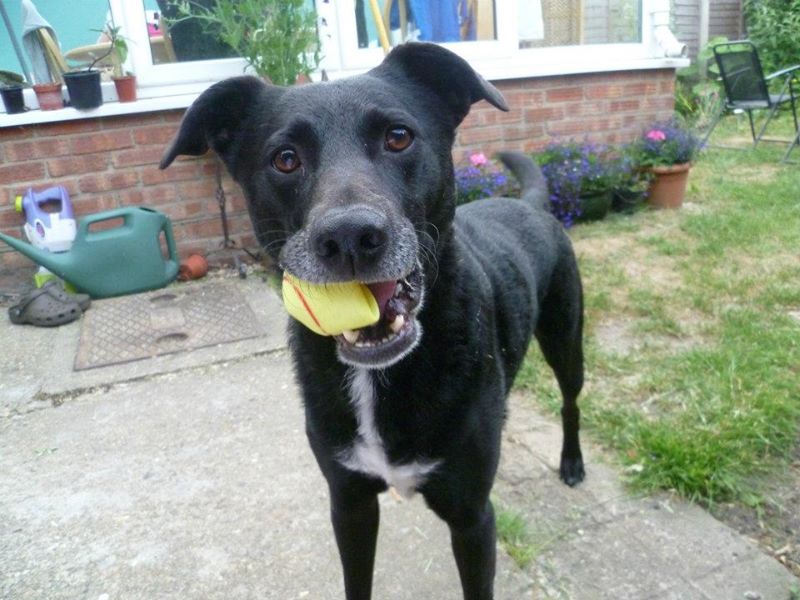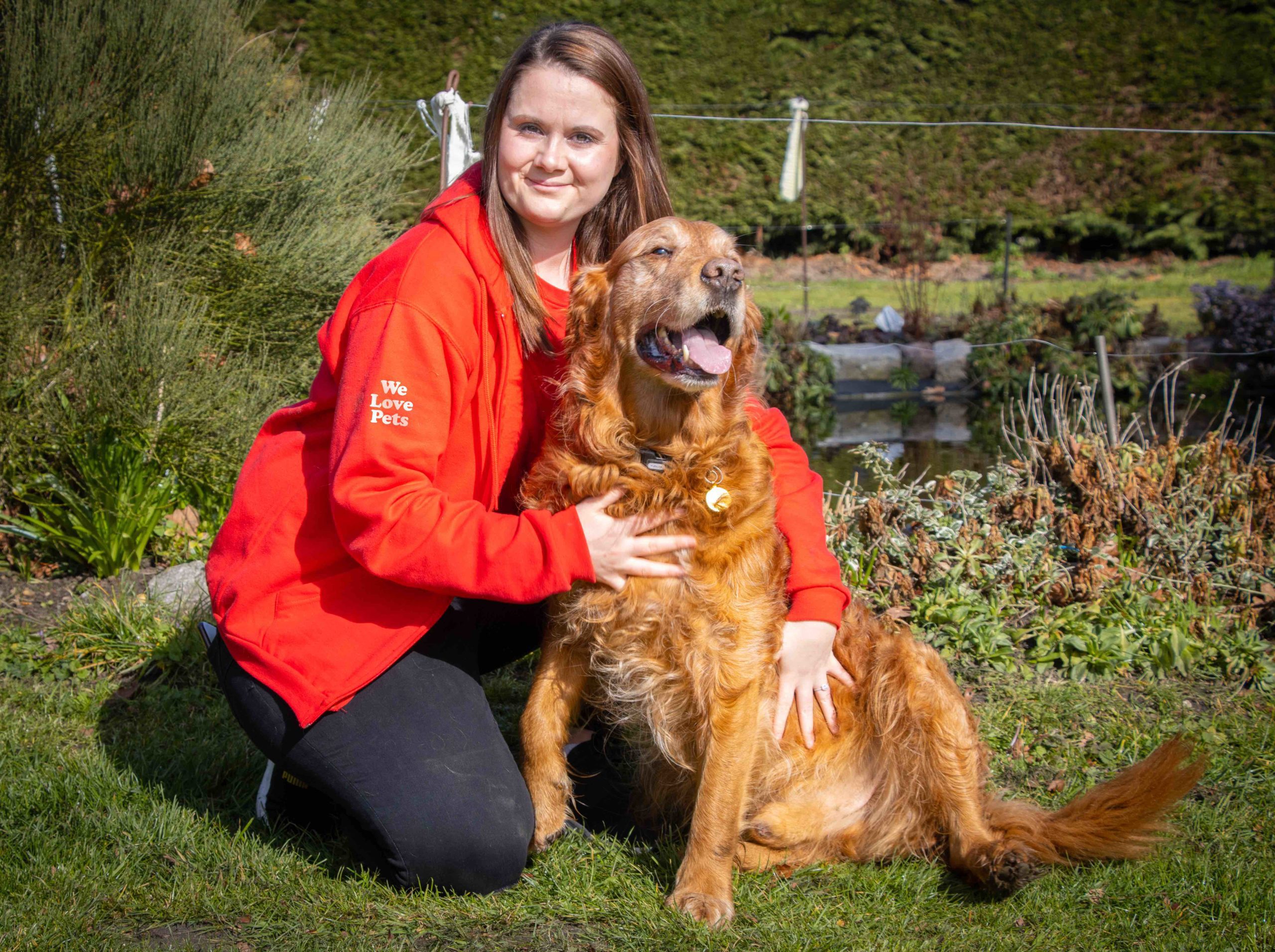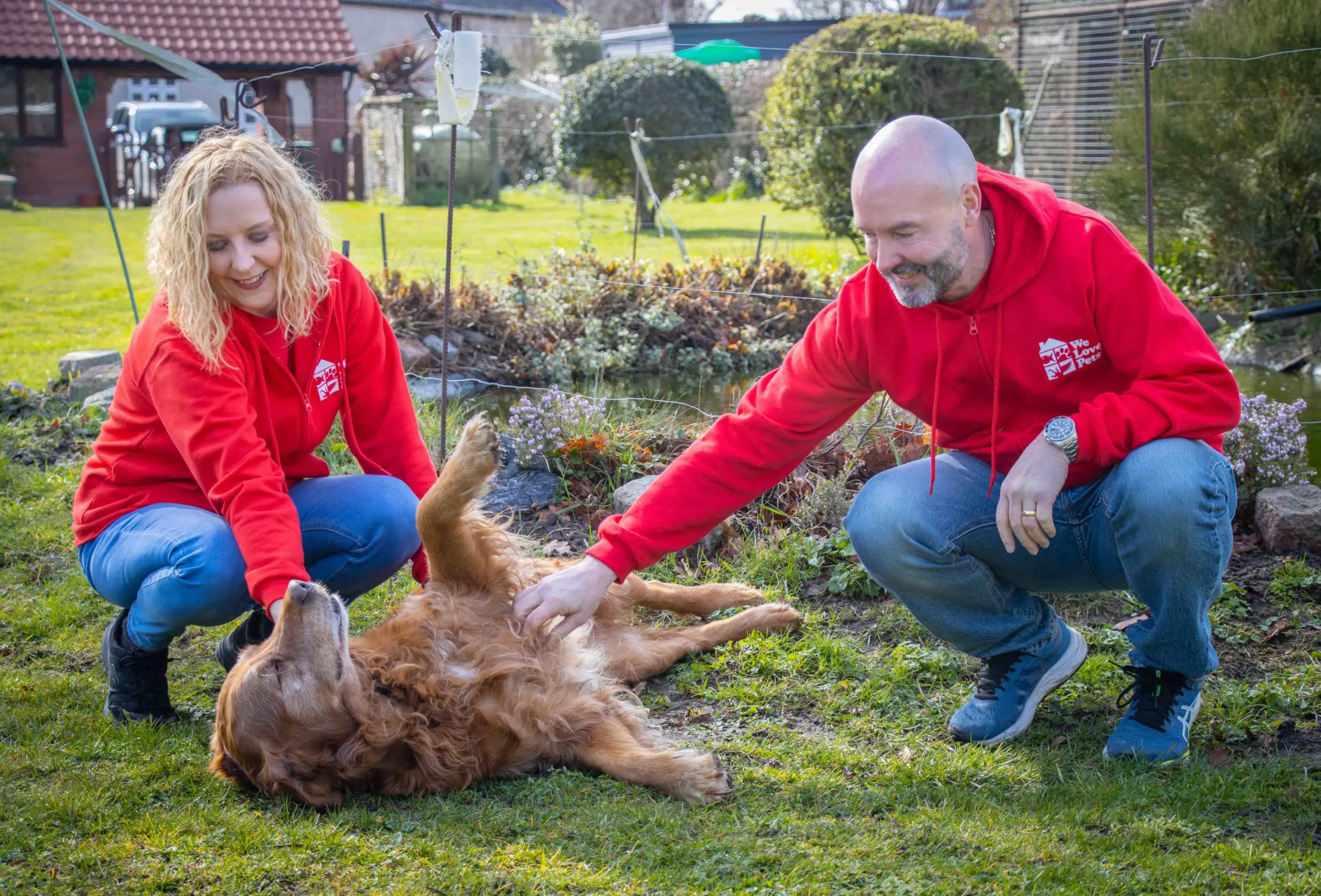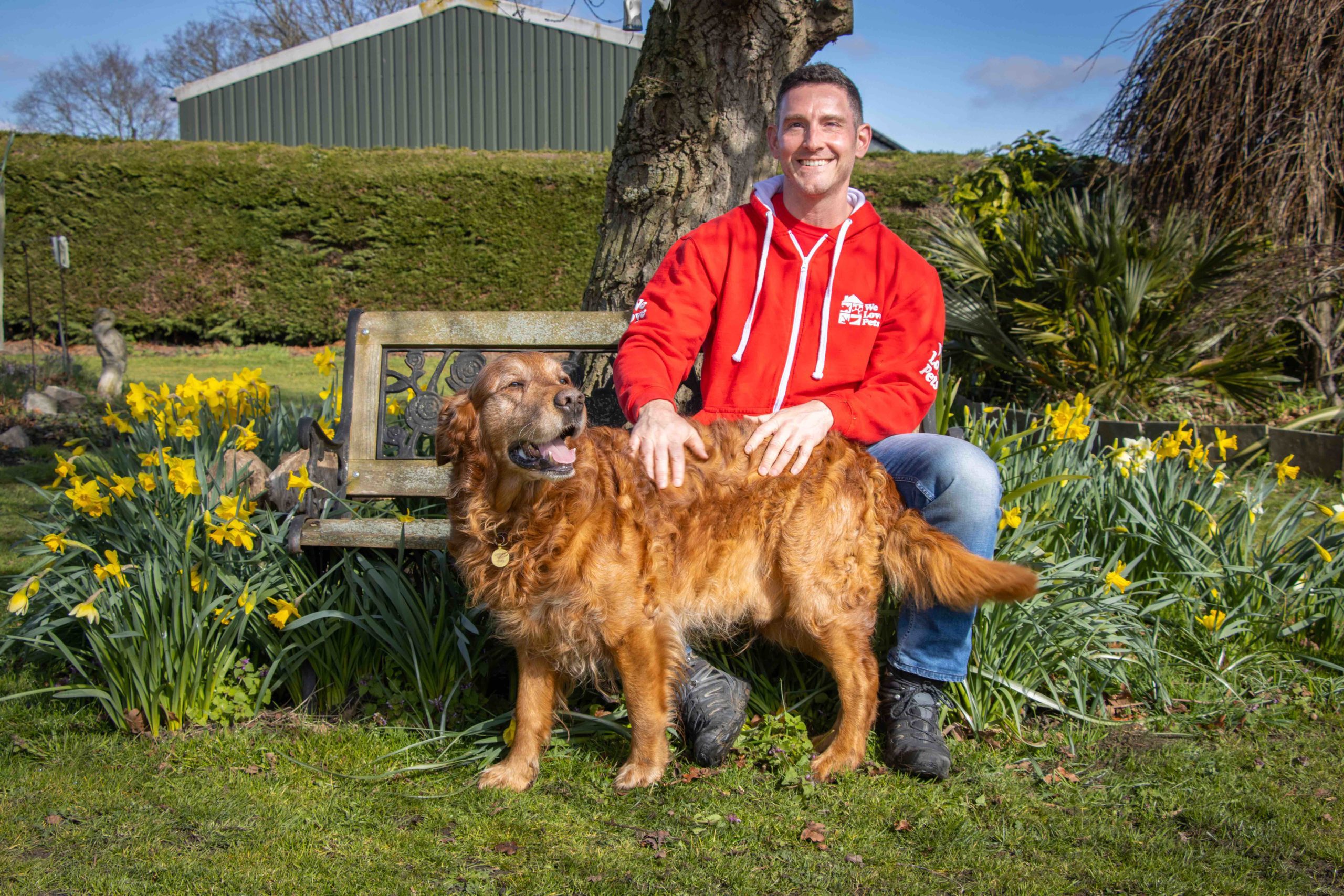Whilst we have plenty of products to clean materials and surfaces, and they do a brilliant job of it – not all are safe to be used to clean your pets toys! Most products contain harmful chemicals that can endanger our pets, so when cleaning your pets toys, ensure that you are using the correct product.
Cleaning products such as, bleach, peroxide, Lysol-type are not to be used to clean pet toys.
What is safe to clean my pets toys with?
Use a natural sanitising agent to safely and effectively clean your pet toys.
A top recommendation is to use vinegar, as it is a natural, gentle disinfectant that is safe to be ingested by your pet and will not cause damage to the material. Toys that are made of rubber, silicone and nylon can be soaked in 5% vinegar and warm water solution for 10-15 minutes and gently scrubbed with a sponge to remove any build up of dirt.
Be sure to thoroughly rinse and dry your toys after they’re clean. If left wet and not properly dry, the moisture will help increase the spread of bacteria, some toys may need to be left a few hours to dry.
For plush toys, use ¼ cup of vinegar, instead of detergent, and put on a gentle cycle, once washed hang them out to dry, or tumble dry for a quicker process.
How often should they be cleaned
Try adding it to your regular cleaning regime!
Once a week set aside some time to clean your four legged companion’s toys. Don’t forget to give the toy box a spruce up as well, as bacteria concentration in the box will be high, and if not cleaned, the whole process of cleaning the toys will not be efficient.
Toys don’t need to be sanitised 100% of the time, as a little bacteria is highly unlikely to cause any harm, but having a system of routinely cleaning your pets toys can be beneficial for everyone in your home.
Outdoor toys
Outdoor toys are called just that for one reason, and one reason only, they belong outside! Whilst that is a great way to keep those outdoor germs away from inside the home, they still manage to creep their way in. Cleaning just one toy per week will significantly improve the amount of bacteria being brought back into the home.
Returning the toys back to your pet
When returning your pet’s clean toy, they may notice that all the smells that they were once familiar with have gone, for some dogs, this can be unsettling.
To avoid this from happening, return the toy with excitement. Don’t just toss the toy down, make an enthusiastic game with it, this will help get your dog excited too and they will be more likely to accept the toy when they see you like it too!
Why is cleaning my pet toys beneficial?
Dirty toys break down a lot faster than if they were cleaned, depending on the material, the toy may start to weaken causing the toy to deteriorate and break off into smaller pieces, increasing the risk of your dog choking. Regularly cleaning their toys also allows for you to properly examine them to ensure they’re still safe for your pet to play with.
Sometimes, when toys start to become worse for wear, cleaning won’t always cut it, and so it is best to just part with them, and replace them if possible.
Tips to help with cleaning
Rotation cleaning
This is a system, where you could try and set aside three different sets of toys, one set for play, one set for outside and the final set being cleaned. Once one set is cleaned, move the cleaned toys to the play toys, the play toys to be moved outside and the outside toys to be moved into cleaning and so on.
This creates a simple cycle that could help improve the cleaning routine for your pets toys, and of course help decrease bacteria build up.




